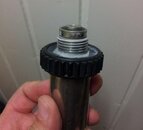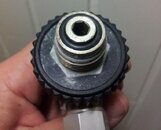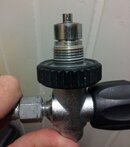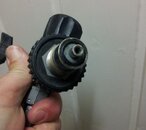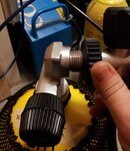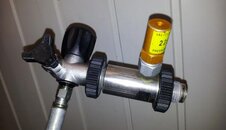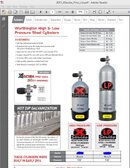- Messages
- 20,803
- Reaction score
- 15,529
- # of dives
- I'm a Fish!
actually quite a few dealers still have Worthingtons in stock, and many people are purchasing used. Worthington has also mentioned the possibility of bringing their scuba division back, so point still stands, mention faber when you make that comment and all is well, but don't make a broad statement because of the prevalence of the other two brands on the used market especially as the Worthingtons are still in stock at many dealers. Also goes to point that if someone comes and reads this thread, and someone brings back hot-dipped galvanizing to the process, that the tanks will be similar specs to the Worthingtons and PST's, proven by the general similarity between the two, so how hard is it to add Faber to your statement and remove any possibility of confusion?



